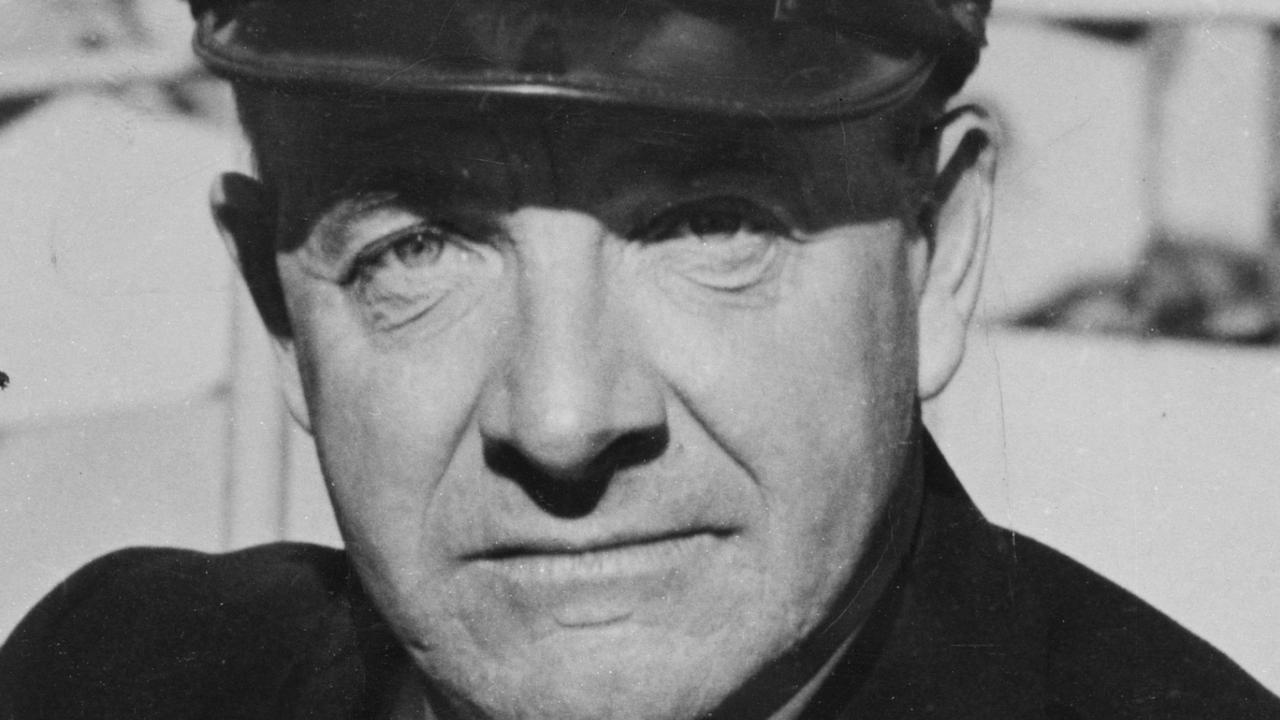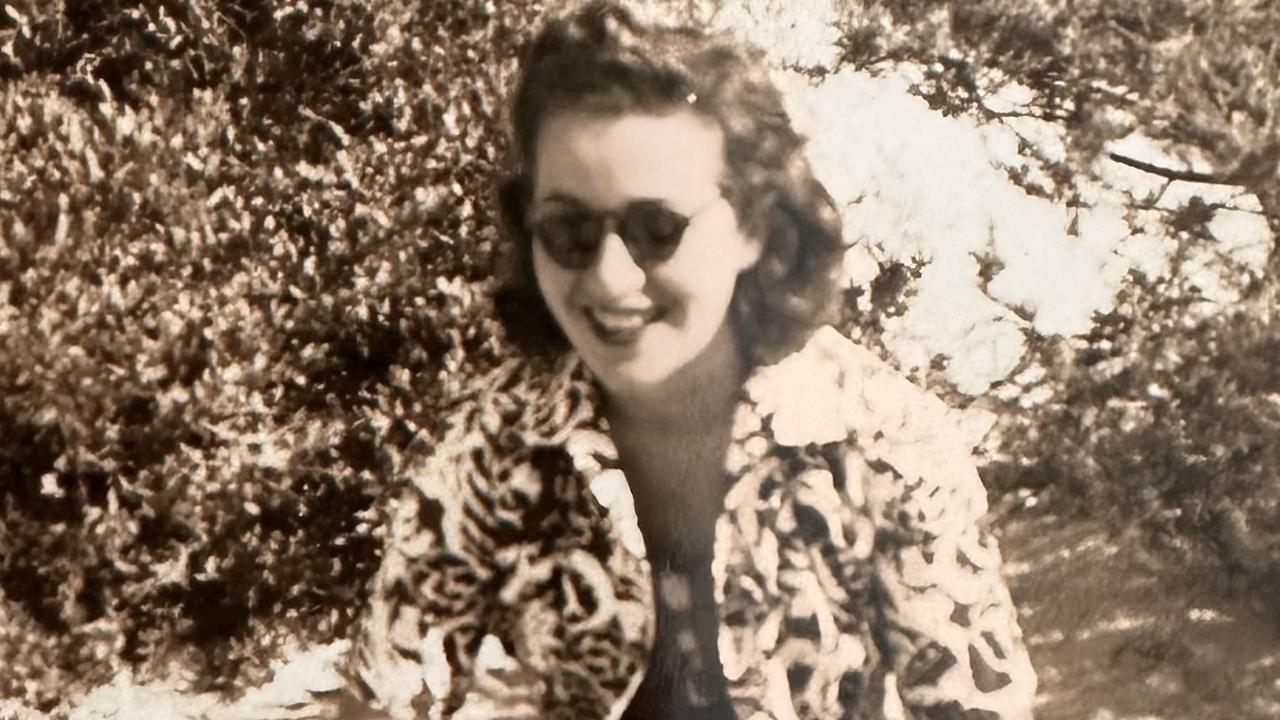The day mob boss Frank “The Prime Minister” Costello literally dodged hit man’s bullet
AS far as assassinations go it wasn’t one of the mob’s greatest hits. On May 2, 1957, 60 years ago today, gangster and crime boss Frank “The Prime Minister” Costello literally dodged a bullet.

Today in History
Don't miss out on the headlines from Today in History. Followed categories will be added to My News.
AS far as assassinations go it wasn’t one of the mob’s greatest hits. On May 2, 1957, 60 years ago today, in Manhattan, mob figure Frank “The Prime Minister” Costello was walking into the elevator in the lobby of his apartment building, the Majestic, when a large, podgy gunman approached him from behind.
Holding the gun near Frank’s head the gunman said “This is for you Frank” and fired. The gunman fled and failed to see whether he had finished the job. The bullet grazed Costello’s head, leaving him standing there cursing in pain, but still very much alive.
Although Costello knew the gunman and who sent him to do the deed, Costello refused to talk. When police asked him why he was targeted he said “I don’t know why I was shot, I don’t have an enemy in the world. I must have been mistaken for somebody else.”
But Costello had enemies on both sides of the law. The hit was a sign that his time at the top of the organised crime world was coming to an end. He would later hand over his power and most of his operations to a rival and go into retirement.

Costello was born Francesco Castiglia in Calabria in Italy in 1891. His mother took Frank and his brother Eduardo, to the US in 1895 to join their father who had already migrated and was living in New York where he eventually opened a grocery store.
As a teenager Frank joined the same street gang as Eduardo and his career in crime began. Lenient judges let him off three times when he was arrested for assault and robbery, but in 1915 when he was arrested for carrying a concealed weapon he was sentenced to a year in prison. He got out early for good behaviour but vowed never to carry a gun again.
Out of prison he went into business with a dodgy character named Harry Horowitz making toys and novelties for children. The toy business was a front for the company’s real operation which was making punchboards — a kind of lottery game that involved punching holes in a board with a pin — for gambling saloons.
He also made some canny investments in real estate and might have made a perfectly good career for himself as a legitimate businessman, but the beginning of Prohibition in 1920 offered an even more lucrative business proposition.

Costello became involved with some of the most infamous gangsters including Arnold Rothstein, Meyer Lansky, Vito Genovese and Lucky Luciano, the last of whom would become an important inroad into the closed world of the Sicilian mafia families.
Costello and Luciano worked for Joe “The Boss” Masseria running booze but also dabbled with other gangs. Costello narrowly escaped conviction with Irish illegal liquor gang boss Big Bill Dwyer in 1926.
In 1931 Masseria’s death during a gang war cleared the way for the rise of Luciano to mob boss, Genovese as his associate and Costello as consigliere, Luciano’s most trusted adviser. When Luciano went to prison in 1936 he left Genovese in charge. But when he was indicted in 1937 for murder and fled to Italy to escape conviction, Costello became the temporary boss.
Under Costello the mob thrived and in 1946 when Luciano was released and deported to Italy, Costello remained in charge, much to the chagrin of Genovese who began trying to influence people against Costello.


Costello’s dream run hit a snag in 1951 when he was called before a Special Committee of the United States Senate looking into organised crime, headed by Senator Estes Kefauver. The hearings were televised, but Costello asked that only his hands appear on TV. After walking out on one of the hearings he was convicted of contempt and, despite his assertion that his contribution to America that he had paid his taxes, he was also convicted of tax evasion. Sentenced to five years in 1954, he was released just short of a year later after a successful appeal. He was sent away again in 1956 but was released again in 1957 after another successful appeal.
It was an unwanted interruption to Costello’s leadership that emboldened Genovese to make his move. He sent his driver Vincent “The Chin” Gigante to shoot Costello. The hit failed but Costello knew he was a marked man and handed over most of the operations to Genovese, keeping some of his gambling dens in Florida and Louisiana.
Costello had literally dodged a bullet and lived peacefully in retirement until his death from a heart attack in 1973.
Originally published as The day mob boss Frank “The Prime Minister” Costello literally dodged hit man’s bullet



